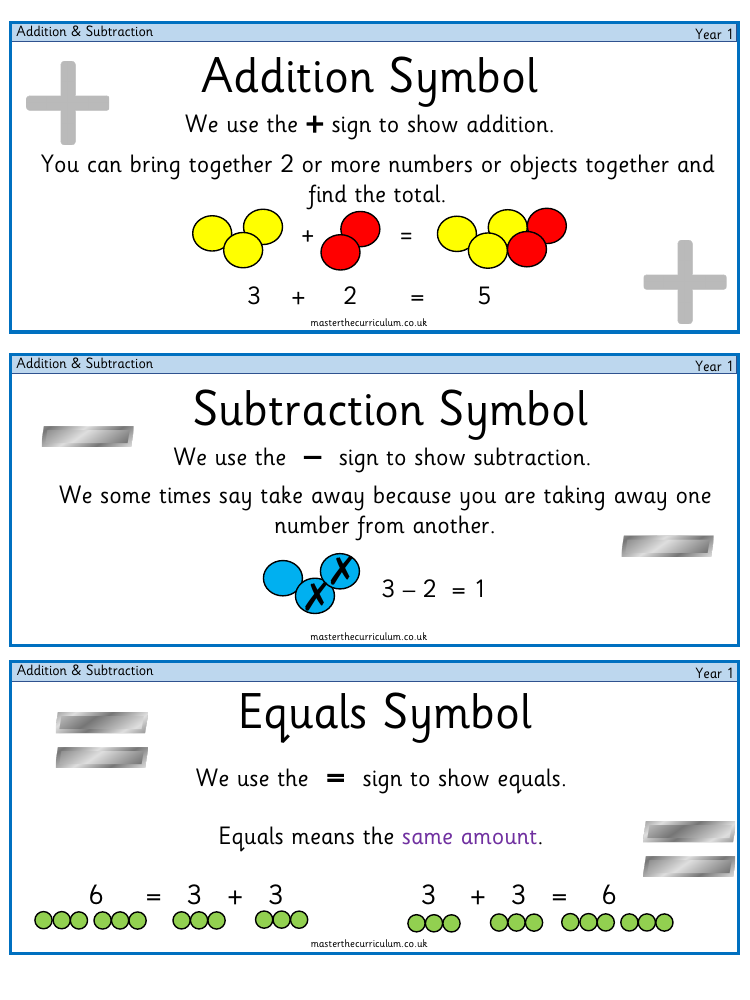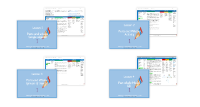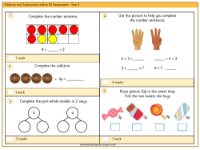Addition and subtraction within 10 - Assessment

Maths Resource Description
The foundational mathematical concepts of addition and subtraction within 10 are crucial for Year 1 students. To represent addition, the "+" symbol is used, signifying the combination of two or more numbers to find the total sum. For instance, adding 3 and 2 equals 5. In contrast, subtraction involves taking away one number from another, indicated by the "–" sign. An example of subtraction is 3 minus 2, which equals 1. The equals symbol "=", signifies that the values on either side of it are the same, such as in the equation 6 equals 3 plus 3.
A key visual tool introduced to children is the Part Whole Model, which illustrates how different parts combine to make a whole number. For example, the parts 3 and 1 combine to make the whole number 4. Additionally, the concept of partitioning is taught, which involves breaking down numbers into smaller parts to simplify calculations. Number sentences are used to express mathematical equations, including both addition and subtraction, such as 1 plus 4 equals 5 or 6 minus 4 equals 2. Students also learn about fact families, where related numbers can be used to create different equations, and systematic approaches to identify patterns in number sequences. Comparing numbers involves looking at differences, using inequality symbols to determine if one number is less than, equal to, or greater than another. The term 'total' refers to the final amount after addition, while 'counting on' is a technique for adding by starting with the larger number and counting up. Number bonds are pairs of numbers that add up to a specific number, helping students understand the composition of numbers.


